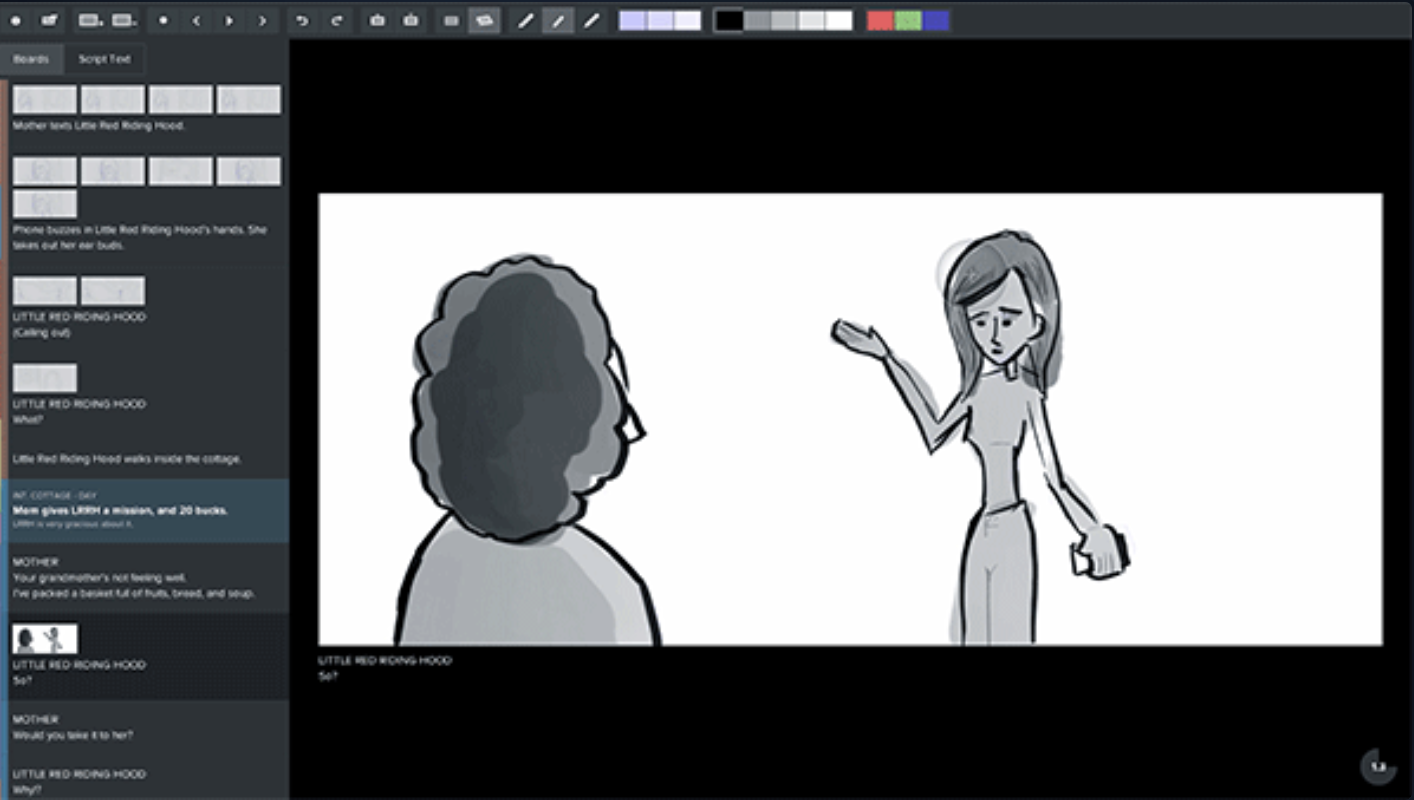

- #Storyboard quick for mac how to#
- #Storyboard quick for mac code#
Xcode grinds to a halt when opening a large Storyboard: Again, if you’re working on a relatively large app, Storyboards can be difficult since it takes Xcode a while to load them into the editor.

Those pretty arrows that connect one view controller to the next start overlapping each other or getting hidden under view controllers – and it’s really hard to see what’s happening in the app.
Confusion when they become complicated: If you have a relatively large app and you keep adding new view controllers, your Storyboard will eventually become complicated. Even if you’re working on your own, there are some cons to using Storyboards: Again, the format is XML with lots of hard-to-understand attributes and elements, so reviewing a diff and making constructive comments is just not easy.Īnd those are just the cons to working on a team. #Storyboard quick for mac code#
Code reviews are tricky: If you conduct code reviews on your team, reviewing changes to a Storyboard file is… difficult. And when you do touch something, it’s that much worse. 
Part of this is because of the format of the Storyboard file (it’s XML) and part of it is because Xcode rearranges elements and makes changes in the Storyboard when you open it – even if you don’t touch anything.
#Storyboard quick for mac how to#
Merge conflicts are painful: When two people edit the same Storyboard file at the same time and cause a merge conflict, it’s tricky to sort out how to merge the changes. On teams, Storyboards are tricky to use for two main reasons: If the benefits sound nice, consider the cons, too, before making a decision about whether to build your app with Storyboards. So if you have a Settings screen, for example, with tappable rows of static text, Storyboards allow you to quickly and easily create them – no code required. (Nibs/xibs get this benefit, too.)Īnd a third benefit is that you can create static table views in Storyboards. You can quickly make a change in Interface Builder and immediately see what it’ll look like – without waiting for Xcode to compile and run. When you’re just starting on an existing project (or coming back to an old one), Storyboards give you an easy way to follow the flow through the app and zoom out to get a high level overview of what the app does.Īnother benefit to using Storyboards (over creating views programmatically) is that you get to see what your view will look like at runtime without having to run your app. The biggest benefit of using Storyboards (especially over nibs/xibs) is that you can see how the screens in your app are related. But that’s true about every technology, right? Some do, some don’t – the better question is: What are the pros and cons of using Storyboards? Let’s start with the pros Do all experienced developers use them? Nope. Do experienced iOS developers use Storyboards? 
And I’ve talked with a few colleages – at least a dozen other apps use Storyboards, too. I’m not even going to attempt to guess how many, but I can tell you that I’ve worked on two apps for clients that are currently in the App Store that are built using Storyboards. The short answer is yes, mainstream apps use Storyboards. Are any mainstream apps built with Storyboards? Let’s start with the simplest questions and move on to the more difficult ones. But should you use Storyboards on more complex apps? Or on a team? What are the pros and cons of using them? Do experienced iOS developers use them? Are any mainstream apps built with Storyboards? Storyboards are a quick and easy way to start building a simple app.








 0 kommentar(er)
0 kommentar(er)
